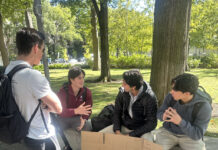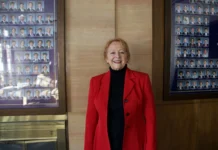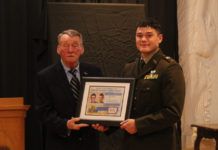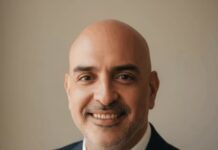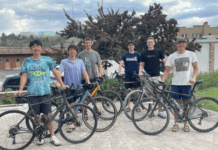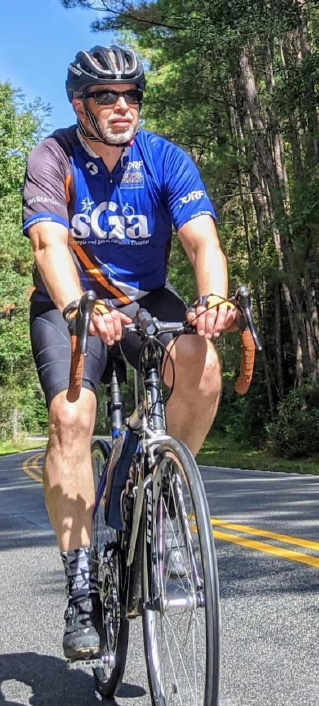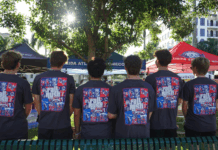“Cycling is great,” says Bryan Black, XΔ ’90. “But if it was skydiving or whitewater rafting or whatever, I would still do it. I would do anything to raise money for him and others who would benefit from more research.”
The “him” is Black’s son, Tucker, who was diagnosed with Type 1 Diabetes (T1D) in 2018, just before his high school graduation.
“Tucker had mentioned some classic Type 1 Diabetes symptoms to his pediatrician, so they checked his blood sugar as a last due diligence before he left for college,” says Black. “A normal blood sugar reads about 100. Tucker’s was 451.”
The Blacks had to go to a nearby Children’s Hospital in Charleston, South Carolina to get the diagnosis confirmed. Tucker had no genetic predisposition to T1D; the disease strikes without warning. His diagnosis at 18 was relatively uncommon among T1D patients.
Most parents deal with their children managing T1D from a very young age.
“I can’t fathom being a parent who has to deal with a child who can’t even understand why they are getting daily finger sticks and insulin shots,” says Black. “At least Tucker could tolerate those since he was older.”
Still, they were fortunate to find out before anything serious happened.
“We were actually lucky that the pediatrician did that test,” says Black. “If he hadn’t caught this, Tucker’s blood sugar would have continued to rise and he could have gone into diabetic ketoacidosis, or DKA, which can be fatal.”
With T1D, the pancreas stops producing insulin, so the person needs to take insulin to account for the carbohydrates that are ingested and remove the resulting glucose from the bloodstream. This is quite different from Type 2 Diabetes, which is more of a lifestyle disease and is traced to dietary habits.
Though Tucker’s pancreas, as in all cases of T1D, essentially decided to stop working normally, he is now better equipped to manage his disease with continuous blood glucose monitors and insulin pumps.
Unless a cure is found. And that possibility is exactly why Black rides.
“I started cycling more during the pandemic,” says Black. “Tucker had been diagnosed for a couple years and was already attending college at Anderson University in South Carolina, but I wanted to find a way to get more involved in supporting T1D awareness.”
Black said Tucker is supportive of his efforts and encourages him with his fundraising rides. Tucker’s friends from school also try to help farm out the fundraising links to spread the message far and wide.
Other T1D families helped the Blacks get connected with the South Carolina/Georgia chapter of the Juvenile Diabetes Research Foundation (JDRF). They participated in several Walks to Cure before Brother Black met other bicyclists and learned about the opportunity to ride for T1D.
The JDRF hosts rides all over the country, but Black was fortunate to find one relatively close to home, in Amelia Island, Florida. Each rider can raise money by sharing a funding page with their personal goals. The South Carolina/Georgia JDRF chapter sent nearly 100 riders to Amelia Island last December, making up a significant portion of the 500 or so total.
Black rode about 73 miles with his group. The entire ride raised about $2.4 million, with Black’s chapter raising the most of any there: just over $436,000.
“We were also the highest recruiting chapter,” Black says. “Meaning we recruited the most first-time riders for that specific event.”
Black rode with Tucker’s name on his arm, mimicking other riders who had signs or bike stickers with names of loved ones they were supporting.




